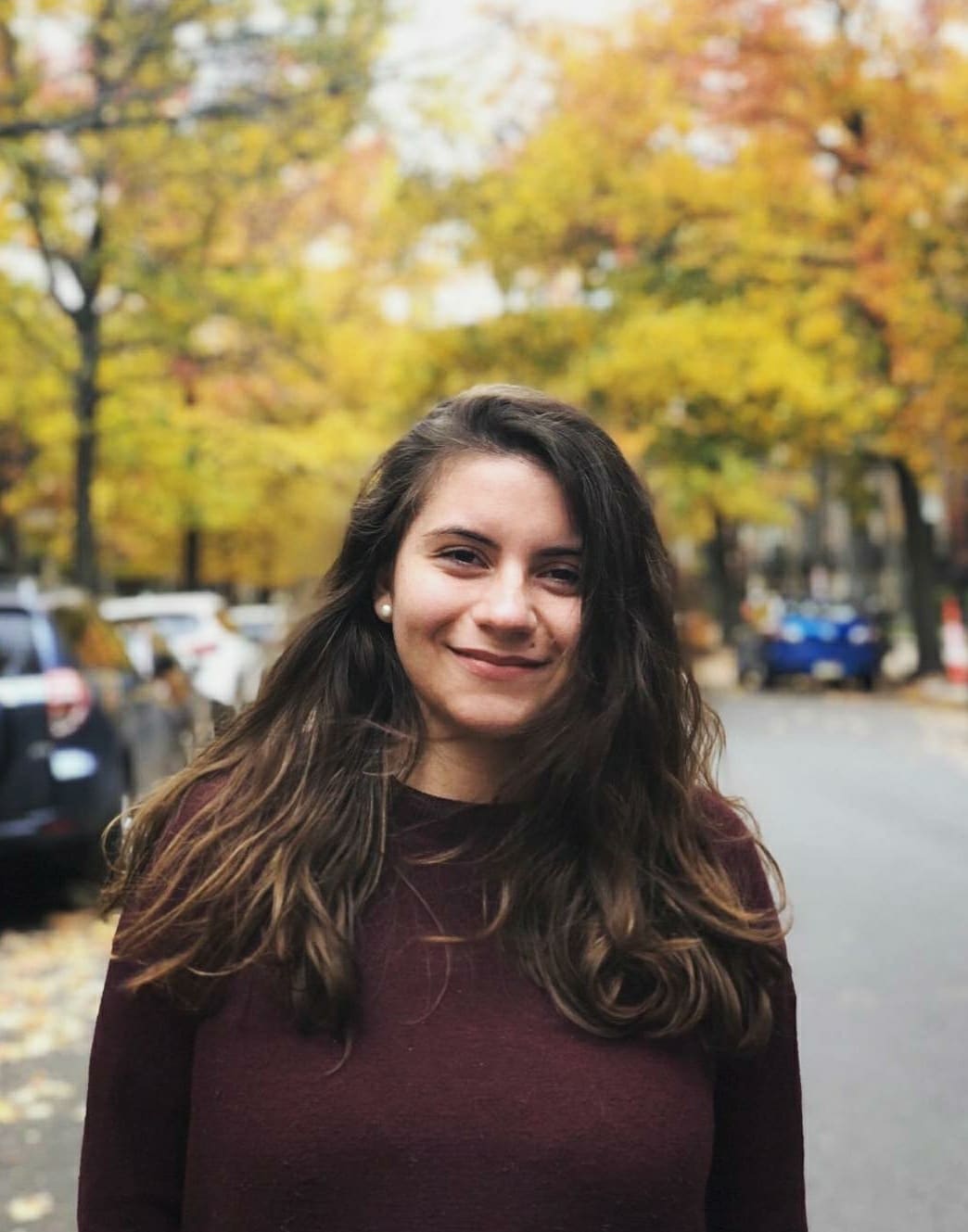How did you first become interested in Art History?
I became interested in art history during my first semester at Columbia University when I enrolled in a ‘Masterpieces of Western Art’ course that surveyed the canon of western art—from classical architecture of Ancient Greece to the gestural paintings of Abstract Expressionism. I found myself drawn to artists who explored issues of race, gender and social inequality through their art. Fascinated with the intersection of art and social history, I became eager to learn more about the different ways art has been used to express political opinions and communicate social issues across time. This course sparked my interest in exploring the interaction between art and society, which eventually led to my major in art history.
Do you have a specialization or specific interest in Art History?
I am generally drawn to conceptualist and participatory art practices that engage with social activism. I’m especially interested in art’s ability to serve as a political witness and provide testimony for incomplete or inverted accounts of authoritarian pasts in Latin America. For my senior honors thesis, I analyzed how Mexican artist Teresa Margolles navigates the tension between the aesthetics and ethics of commemorative art, offering new insights into the debate surrounding representations of historical trauma. As an incoming master’s student at the Institute of Fine Arts, I am eager to research silenced or dislocated subaltern perspectives in Latin American art history.
Best 3 museums or art sites worldwide according to your tastes?
I am a big fan of Austrian expressionists and in particular Egon Schiele. The Leopold Museum in Vienna has a fantastic collection of Schiele’s eccentric self-portraits and watercolor landscapes.
During my study abroad semester in Venice, I spent many afternoons visiting national pavilions in the Giardini during the Venice Biennale. I loves looking at and comparing the diverse architecture of the national pavilions and hope I can return again soon!
The New York MoMA is a favorite of mine and at some point during every visit, I find myself revisiting the rooms housing artworks of the neo-concrete and kinetic movements.

What do you hope to gain from this experience at CIMA?
I’m very excited to be working with CIMA this spring and look forward to learning about the many operations and workings of an art non-profit. I became interested in CIMA because of its mission to promote research, scholarship, and public engagement with modern Italian art. I hope to gain exposure to how CIMA advances these projects and, in particular, learn more about CIMA’s marketing and community outreach.
If you could purchase one work of art, what would it be and why? Where would you put it?
I am a huge fan of Frida Kahlo’s 1939 The Two Fridas because of its portrayal of Kahlo’s two lineages and her struggle to define her own identity. I would place it in my living room across from my couch.
What do you like to do when you are not working?
I love to express myself creatively, whether by painting watercolors, sketching, or playing guitar. During quarantine, I find myself with more time to read and developed a strong interest in surreal fiction.
